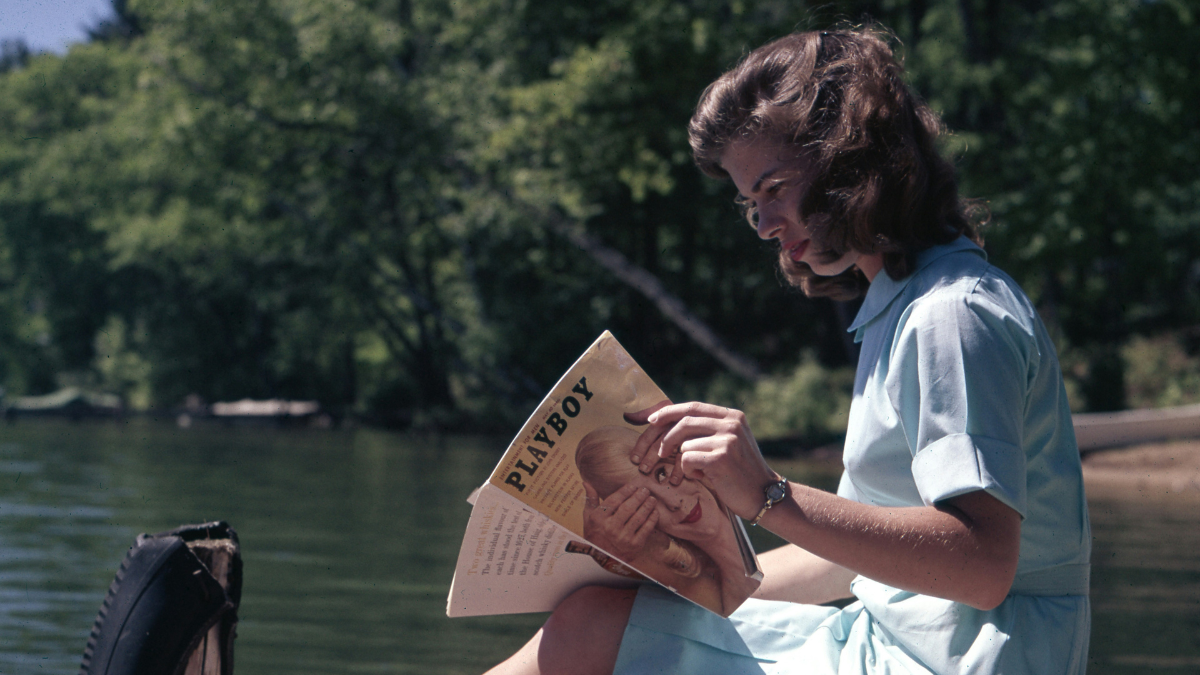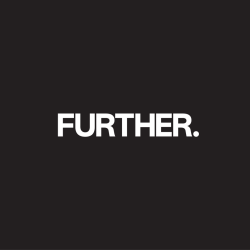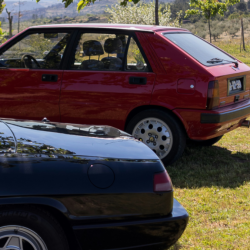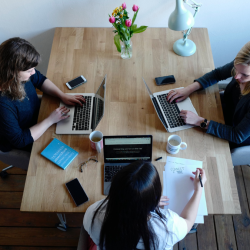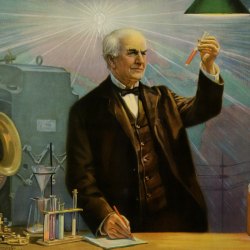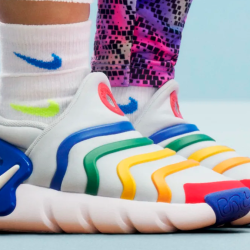Feminist men have better sex. Got your attention? Good. Even though it sounds like clickbait it’s a fact. But what’s it got to do with the design of products, services and the content we create?
A few things, actually.
The context: growing polarisation
Sensationalist headlines are feeding the algorithms and fuelling an increasingly gender-polarised world view. The FT, Ipsos and The Economist have written recently about a huge ideological divide that’s opened up between men and women, especially amongst Gen Z. Now, for every ten young men who say it’s much harder to be a woman these days you’ll find eight who say the exact opposite. So much for ‘the woke generation’. Division and oppositions rule, which frames how we interpret every problem and opportunity: are feminist men the new heroes? Or just emasculated betas who are a million miles from sexy? Do women still face real problems? Or are men now the ones being overlooked? Pick a side and dig in. There’s no room for nuance.
The challenge: the no-go areas
Secondly, we’re reminded of the old adage: ‘sex sells’. But that was a million years ago, and now we’re in our ‘you can’t say anything these days’ era. Sexualising anyone feels like a dangerous game now, and ‘We were just joking’ simply doesn’t cut it any more.
Even the ASA seems to struggle to cope with a world where women respond differently to a semi-naked woman who’s owning her power, versus one who’s wearing more but performing under the male gaze, as those FKA twigs and Kendall Jenner Calvin Klein ads demonstrated.
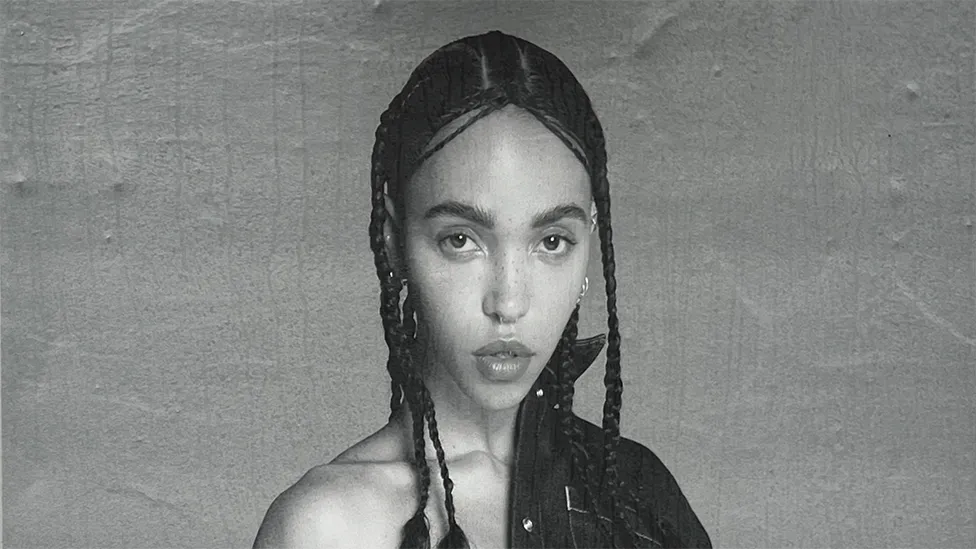
So what’s a guy to do? I’ve heard so many creatives say that the old go-to favourites of sex and humour are pretty much off the table now.
We give the women-focused briefs to the female teams. We do ‘serious issue’ ads about menopause, periods and girls being allowed to play football, and put ‘understanding the new rules about what’s sexy and what’s funny’ into the ‘too difficult’ box.
The (endless) opportunities: where we could be playing
But however great those serious ads are, we’re missing out on other opportunities to make really great work. We could embrace more funny work again, if we looked beyond dominant gendered tastes and assumptions. Emmy-award-winning shows Ted Lasso, Schitt’s Creek and Succession understand that humour is about power, too, and used it to laugh with those who are marginalised not at them. And despite being male-dominated and set in the world of football, Ted Lasso famously used a model of humour that’s feminine-coded too.
Adland’s creativity was once more innovative than the broadcasters, so why can’t we lead the way again? The industry’s received wisdom of what’s ‘cool’ vs ‘shit’ remains incredibly narrow, even in departments with a decent number of women. So we’re missing out on all kinds of sexy, funny, cute and cool design, stories, characters and ideas that have a more female-centred energy. Ironic, considering Forbes says women are ‘the world’s most powerful consumers.’
Product and service design
Big opportunities are being missed in product design too, which generally centres on men’s bodies, experiences and interests. From tech to entertainment and beyond, the story is the same: no one spots the default-male design until someone comes along, does a Bumble, and makes a killing.
And with things like street lighting, bike parks, car design and PPE, default-male design is literally killing us. Women are 47% more likely to be seriously injured and 17% more likely to die in identical car crashes, because cars are still designed around a male body.
Meanwhile, in parenting, caring, wellbeing and beauty, we design for women by default and overlook millions of men. Of course it will make a fairer world if we explore beyond those narrow gendered norms and traditions. Of course it will be better for business if we innovate for the hugely powerful consumers who are currently being overlooked. But there’s another reason to do it too. It’s what drives most of what we do, however rational we like to think we are. If we do it right, it will be a pleasure not a chore.
To explore these ideas further, download The Others & Me insight report: The Power of the Invisible Women here.
Featured image: Les Anderson / Unsplash

















